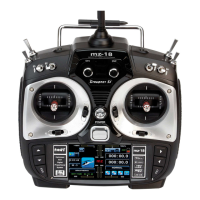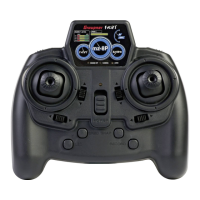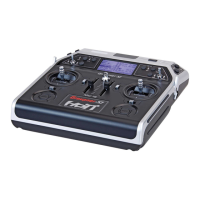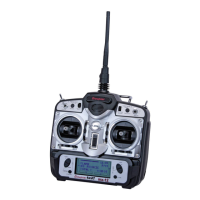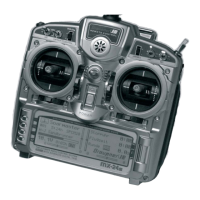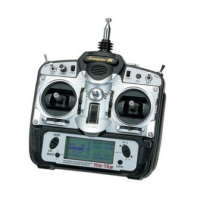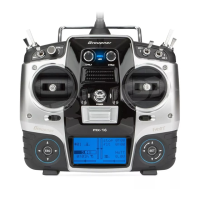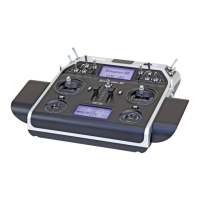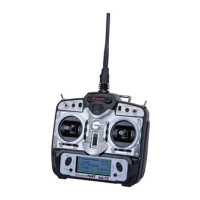Programmable Mixers - General Information
Each fixed-wing and helicopter model memory pro-
gram has five programmable linear mixers and three
curve mixers in each of the 30 model memories per
programmed phase in which users can define inputs
and outputs as well as the degree of desired mixing.
(Refer to the FUNCTION submenu Prog.MIX (page
134) for additional information.) This maximum of 48
mixers per model memory should be sufficient for tak-
ing advantage of pre-programmed coupling functions
options.
The input signal for a control function (1 to 12) is used
as the input signal for programmable mixers. The con-
trol channel signal functions relayed to the mixer input
are determined by its control element and the char-
acteristics specified via the D/R,EXP, CTL Set, and
THR.CRV submenu settings.
The mixer output acts on a selectable control channel
(1 to a maximum of 12, depending on the transmitter
and receiver). The signal functions relayed to the ser-
vo are determined by the characteristics specified via
the REV/SUB, CTL Set, E.P.A, and Out.Swap sub-
menu settings.
One control function may be used simultaneously for
any number of mixer inputs when, for example, mixers
are to be parallel-connected.
Any number of mixer outputs can affect the same
control channel. However, make sure that the affected
servo does not reach its mechanical limit when sever-
al mixing signals combine into one which is too large.
To be safe, a corresponding travel limit should be set
in the BASE submenu E.P.A (page 62).
By default, all programmable mixers are initially
blocked and will need to be turned on during pro-
gramming. Additionally, mixers can also be assigned
an ON/OFF switch. Pay attention to the multiple
switch functions available to be assigned; do not un-
intentionally assign one switch two functions.
Essential Mixer Parameters
• Mixing degree that determines the level of influ-
ence of the input signal on the control channel
connected to the mixer output.
With linear mixers, the mixing level can be adjust-
ed symmetrically or asymmetrically. With curve
mixers, the mixing level can also be configured
according to userspecifications by up to 7 points
to produce extremely nonlinear mixer guide lines.
• Neutral point of a linear mixer, also termed the
offset.
The offset is the point along the travel of a con-
trol element (control stick, proportionalcontrol or
switch) at which the mixer no longer influences the
control channelconnected to its output. Normally,
this is the middle position of the control. The offset
can also be located at any other position along the
servo travel. Since curve mixers can be individual-
ly configured, it is recommended to specify a mix-
er neutral point for the 5 linear mixers.
133
General information on programmable mixers
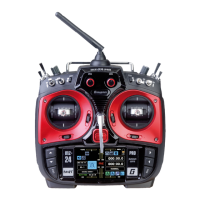
